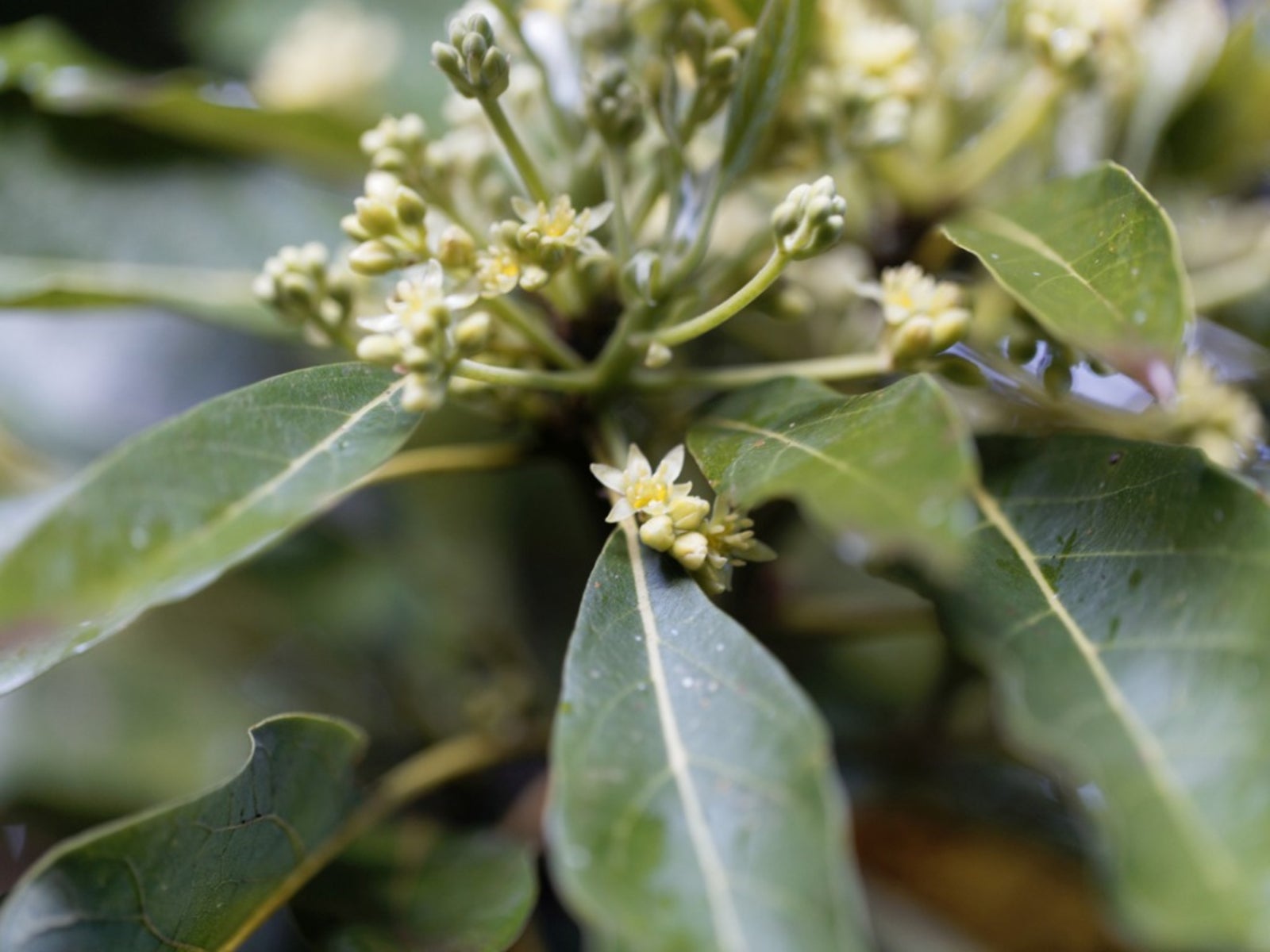Avocado Bud Mite Control – How To Treat Bud Mites On Avocado Trees

So your prized avocado tree is showing signs of infestation, the question is, what’s eating the tree? There are quite a number of pests of avocado but one of the most common are bud mites on avocado trees. What are avocado bud mites and is there any viable avocado bud mite control? Let’s learn more.
Bud Mite Pests of Avocado
Although avocados may be afflicted with a number of pests, a common offender may be spider mites. There are a couple of different types of spider mites that commonly attack avocados. Treating avocado bud mite problems means identifying which mite is causing the damage. The first candidate is the Persea bud mite and the second is the avocado bud mite.
Persea bud mite information
Persea mites (Oligonychus perseae) are found feeding in colonies along midribs and veins on the undersides of avocado leaves. Their increased feeding produces the most damage by late summer and involves defoliation of the trees. This increased defoliation increases the risk of sunburn to new fruit, which results in premature fruit drop. The defoliation also promotes new growth, which fosters thrips populations. The Persea bud mite was first identified in 1975 on avocadoes that had been shipped from Mexico and were quarantined in El Paso, Texas. These mites are sensitive to temperature and humidity changes but their populations burgeon in areas of moderate temps influenced by cool marine air.
What are avocado bud mites?
Avocado bud mites (Tegolophus perseaflorae) are found on buds and newly developing fruit. Their feeding increases from March to May, resulting in necrotic spots and fruit deformities. Mites are yellowish in color and can only be observed with a hand lens.
Persea and Avocado Bud Mite Control
Both T. perseaflorae and O. perseae are referred to as “avocado bud mites.” There is little doubt, however, that they are spider mites with similar attributes. Spider mites, in general, live between 5-20 days. Females lay several hundred eggs in their short lifetime and the eggs can overwinter - all of which makes treating avocado bud mite problems difficult. The industry practice is to apply foliar applications of insecticides to control the mites. There are a few miticides used in commercial groves for treating bud mites on avocado trees. Sulfur oil emulsion sprays are recommended for use. A narrow range 415 oil sprayed on the tree prior to bloom time may also help, but the coverage needs to be thorough. A predatory mite is also showing promise at combating avocado mites. Neoseiulus californicus is commercially available but cost prohibitive at this point. There are a few avocado cultivars that have shown some resistance to the mites, with Lamb Hass being the most resistant.
Gardening tips, videos, info and more delivered right to your inbox!
Sign up for the Gardening Know How newsletter today and receive a free copy of our e-book "How to Grow Delicious Tomatoes".

Amy Grant has been gardening for 30 years and writing for 15. A professional chef and caterer, Amy's area of expertise is culinary gardening.
-
 5 Tough Urban Trees That Thrive In Cities – Top Picks For Urban & Suburban Landscapes
5 Tough Urban Trees That Thrive In Cities – Top Picks For Urban & Suburban LandscapesExplore the best urban trees that will add value to even the most challenging of landscapes. Get growing with these ideas and enjoy all the benefits of trees.
By Teo Spengler
-
 7 New & Improved Cultivars Of Old-Fashioned Plants – These Aren’t Your Grandma’s Plants!
7 New & Improved Cultivars Of Old-Fashioned Plants – These Aren’t Your Grandma’s Plants!Old is new again! These old-fashioned plants have new cultivars that are sure to thrive in your garden and bring the charm factor. Neighbors will be envious!
By Mary Ellen Ellis